Today we’ll walk through how to gain a competitive edge in the organic search results by strategically including LSI keywords into your content. Let’s dive in.
The days of keyword density are fading away in our rearview mirrors, but the basic premise of on-page optimization remains the same – in order to gain visibility in the search results, content needs to be optimized for both users and search engines. After all, regardless of how valuable your content is, if your audience can’t find it, it’s worthless.
In this article, we’ll be exploring how to structure your content marketing and editorial efforts to win in the search engines. Once you have a grasp on creating a topical content strategy, be sure to check out our other 23 SEO techniques to increase organic traffic.
Table of Contents:
- LSI Keywords Defined
- LSI Keywords in Action
- How to Use Semantic Keywords
- Topic Clusters and Pillar Pages
On-Page Optimization for 2023
The key difference between now and years past is that the Google algorithm has become far more advanced at determining the quality of a page’s content. Google used to rely heavily on the exact keywords found within the page (meta tags, headers, alt text, etc.) to determine its relevance, and it still does to a degree.
But since the release of Hummingbird and RankBrain, Google has become exponentially better at determining the quality and contextual relevance of a page in regards to a user’s query by understanding the relationship of related words and phrases.
Though countless variables are involved in the ranking evaluation, “comprehensiveness” is a major factor in determining overall quality and value to the user.
So how does Google identify a page that’s “comprehensive”?
It seems to be largely dependent on two key factors:
- Overall word count – There is a positive correlation between content length and average ranking position. According to a study by Backlinko, the average Google first page result contains 1,890 words.
- Inclusion of contextually related topics – The Google algorithm understands related topics and concepts based on how frequently they occur together throughout all pages crawled by Google. The more related topics we can logically cover, the more comprehensive our content can ultimately be. (e.g. if I’m writing about peanut butter, it would likely be relevant to include a section on its coveted counterpart, jelly).
Combining these two attributes makes sense if you think about it. Google is basically asking, “Which pages are providing the most holistic, in-depth answer to a particular user’s query?”. Simple enough, right?
But how do we know exactly which related topics we should be covering to maximize our organic search opportunities? Good question, me. Let’s dive deeper.
The secret lies in “Latent Semantic Indexing” (LSI) keywords.
What Are LSI Keywords?
LSI keywords (commonly referred to as “semantic keywords”) are specific terms and phrases that search engines deem topically related based on the frequency of co-occurrences throughout the web and contextual relevance to a user’s specific search query.
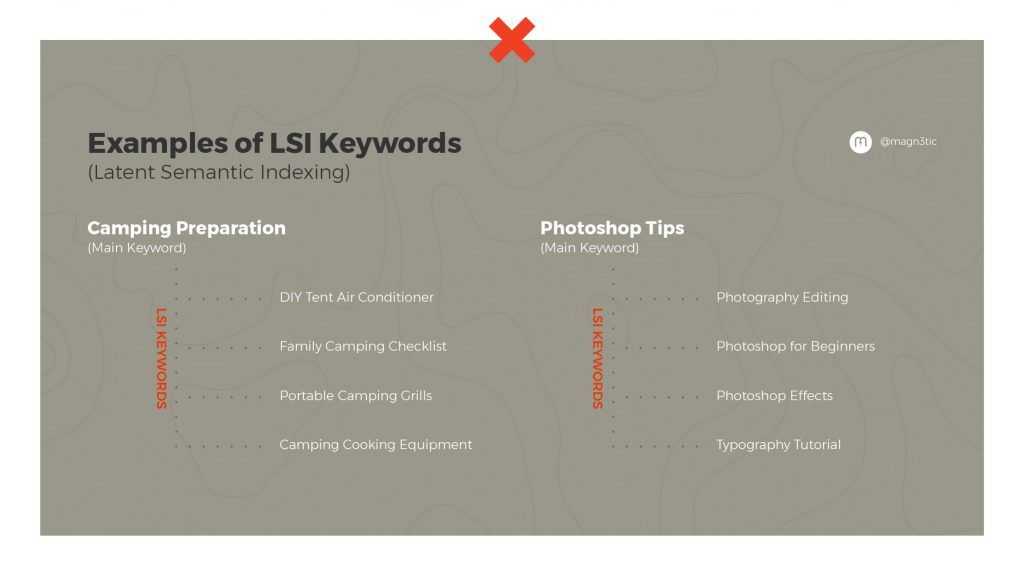
Semantic Keywords in Action
That definition was a mouthful, let’s walk through an example.
If I were to write about coffee, potential related topics to cover could be types of coffee beans, coffee attributes by region, coffee-making techniques, coffee health effects, etc.
Or more specific to our context, if I were to write about email marketing, some potential semantic keywords could include subject line tips, A/B testing, email deliverability, email design, and CAN-SPAM compliance.
Do you see the trend? These semantic terms are not quite synonyms, but instead sub-topically related concepts.
So how do you find the perfect LSI keywords?
Let’s roll through 3 of my favorite tools, and then we’ll cover how to incorporate them into your pages for maximum impact.
LSI Keyword Tools to Streamline Your Research
As with any niche in the digital marketing space, there’s a plethora of research tools out there to choose from, but these 3 tend to provide the best insight and are insanely easy to use:
1. LSI Graph is a clean, easy-to-use tool. Just pop in a focused keyword to begin with and it will generate new ideas for you. Plus, it’s free.
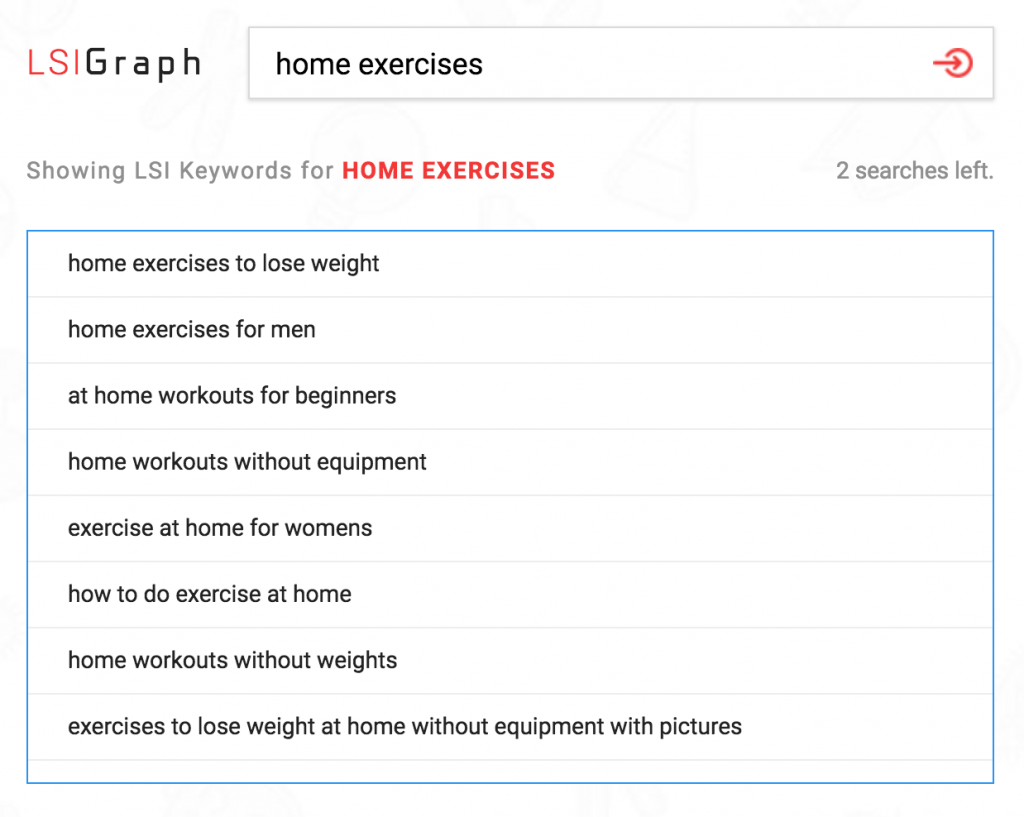
2. Google’s Auto Suggest feature is another way to quickly generate new ideas. Type in your main keyword, but instead of hitting enter, note the suggested queries. These are all real needs that people actively search for.
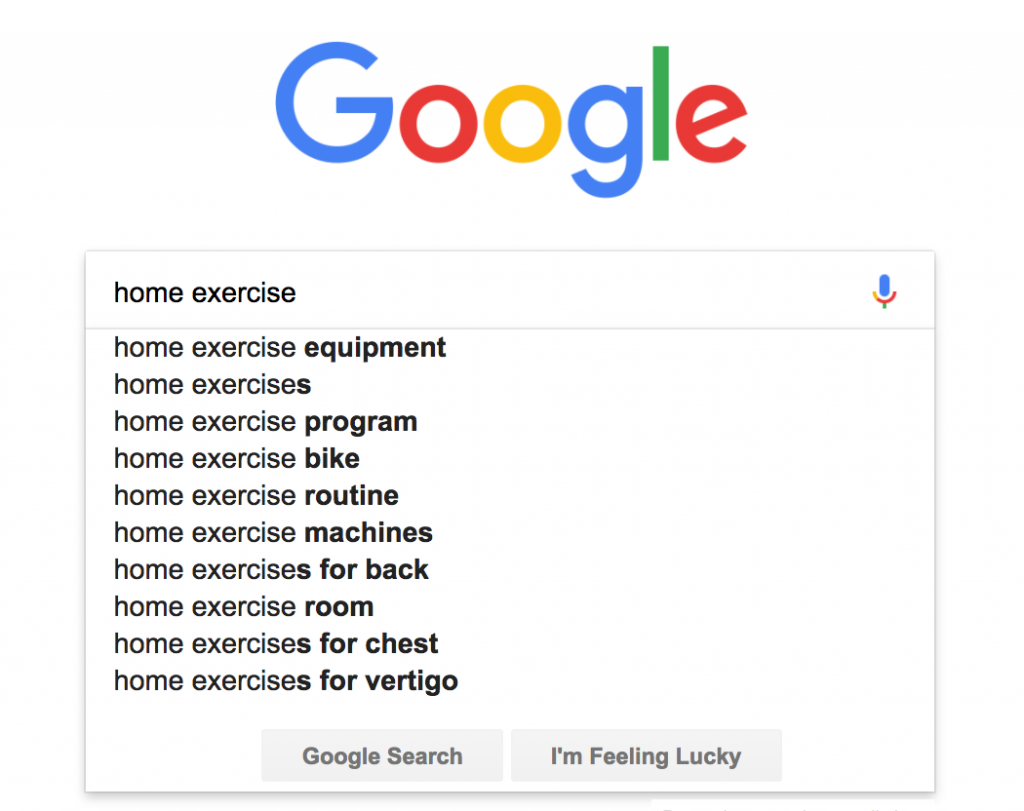
3. The Google Related Searches feature is also rich with insights (and has been recently updated). When you scroll to the bottom of the Google search results page, you’ll see additional suggestions. Even better, you’ll get semantically related keywords in bold. #Holla
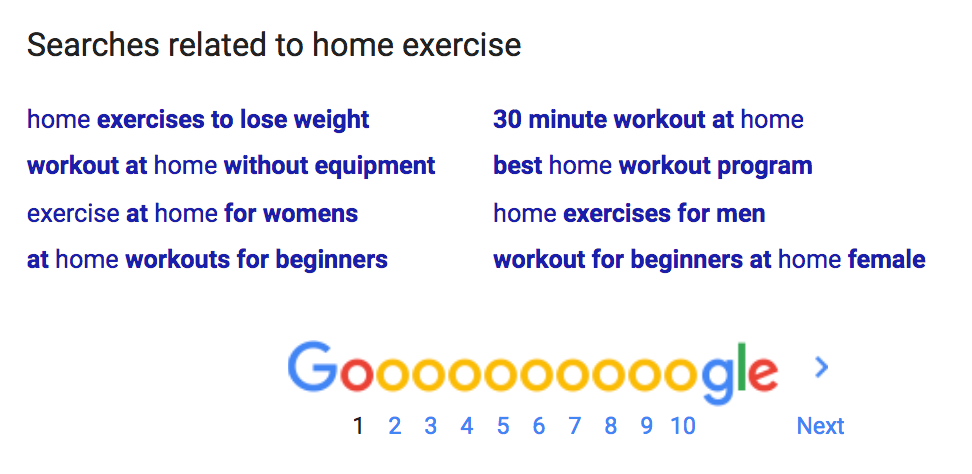
While you’re building out your keyword research list, be sure to check out our Keyword Research Template (and tutorial) which was designed to help organize keywords into different topics and visualize the value of overarching topics as a whole.
How to Use Semantic Keywords to Drive Organic Rankings
LSI keywords should be used intelligently throughout your pages just as you would typically perform on page optimization. Be sure to include them in your:
- Subheads
- Alt Text
- Image File Names
- Body Content
- Link Text
Remember, you have to balance your writing so it’s relevant to both Google and humans. Be sure to include keywords wisely, but never let that degrade or distract from the story that you’re telling.
Pro Tip:
When writing a subhead, I typically try to follow the formula: “Semantic Keyword + Benefit to the Audience”. Ensuring that I’m strategically targeting the correct keywords, but also inviting the user to read on. In fact, the subhead of this section is a great example of that formula I mentioned. “How to Use LSI Keywords” (targeted keyword) to “Drive Organic Rankings” (benefit to the reader).
Trying to determine which of your existing website pages you should update with LSI keywords? Check out our tutorial on running automated content audits. This will give you clear insight into the health of your site pages.
Bonus! Add Fuel to the Fire with Topic Clusters and Pillar Pages
Once you’ve mastered finding LSI keywords and incorporating them into on-page optimization, it’s time to elevate your content to the next level with the use of topic clusters.
What are Topic Clusters and Pillar Pages?
A topic cluster is the art (or maybe science) of strategically architecting your content structure by creating a series of related pages that interlink and support an overarching main idea, also known as a pillar page.
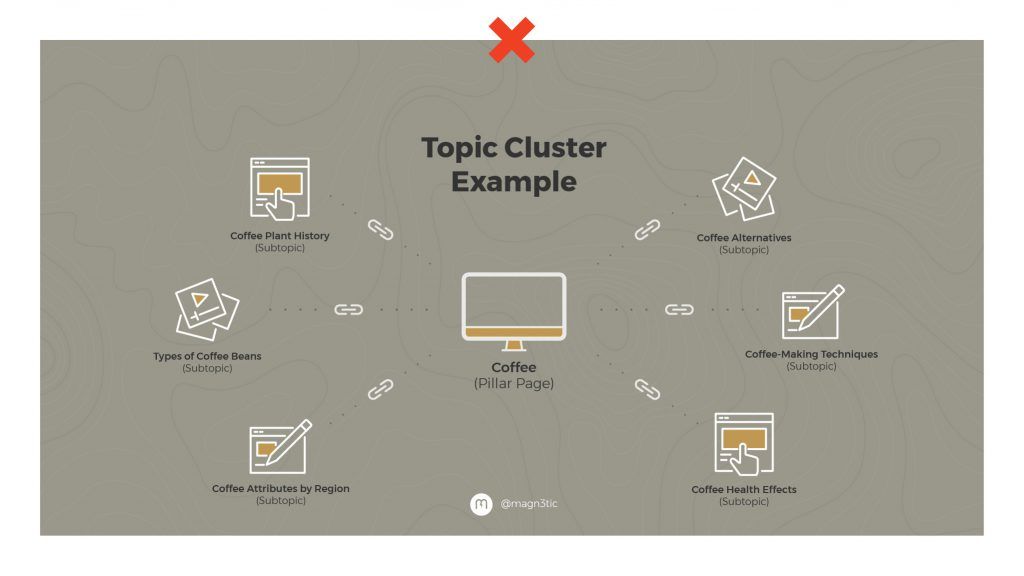
Here, each LSI keyword will be incorporated into the pillar page, but then we take it a step further by creating pages that go even more in-depth to cover those semantic terms.
This concept indicates to Google that not only are we an authority on the pillar topic, we’re also an authority on all of the related sub-topics beneath. And by interlinking these pages, we can amplify the rankings of all related pages. For example, if one page ranks well, it can positively impact the organic rankings of all other pages within the topic cluster. And thus, drive more sweet, sweet traffic.
CASE STUDY:
A Digital Experience With All New Ingredients
In Closing, Never Forget the Power of Quality Content
Regardless of how strategic you get, never forget that performance will always hinge on the overall content experience.
If you think there’s room to improve your writing (and let’s face it, we can always get better at writing), I’d urge you to check out our copywriting team’s 3 actionable tips to immediately improve your messaging. I use these tips every time I pick up a pen or, you know, touch a keyboard. #GameChanger


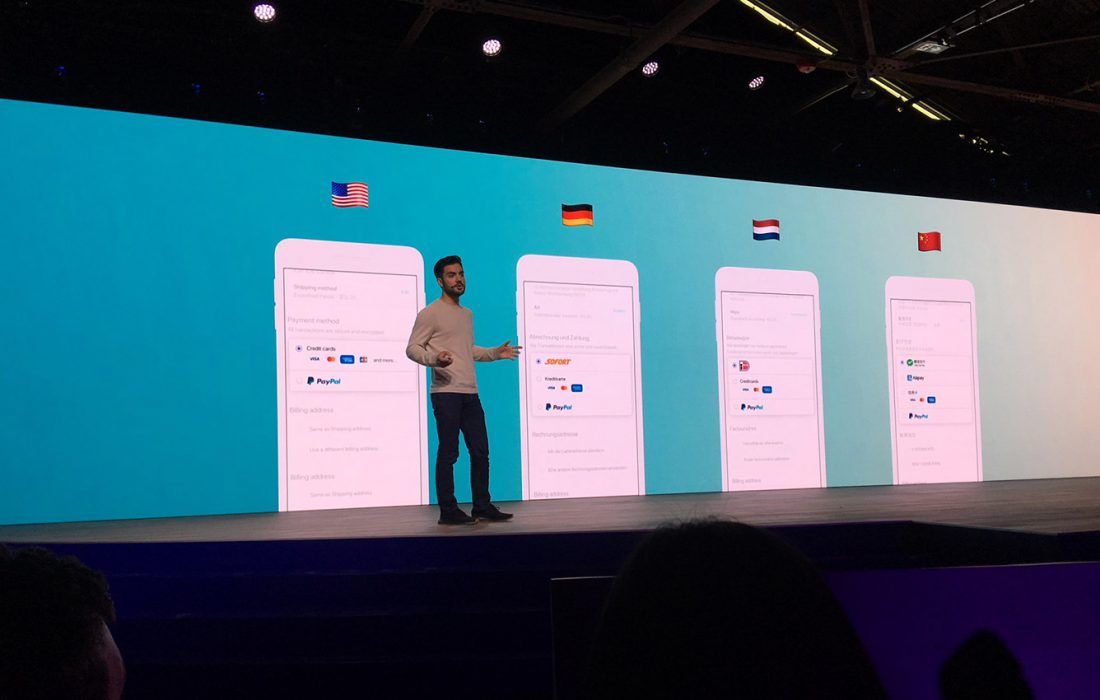

Join the Discussion